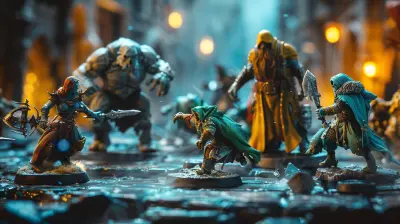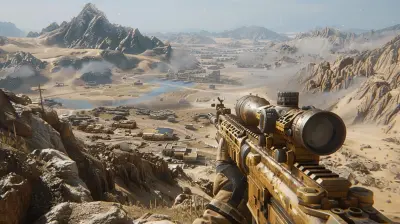How the Ending of It Takes Two Reflects Its Themes of Reconnection
28 August 2025
If you've ever played It Takes Two, you already know it’s more than just a beautifully crafted co-op game. It's a heartfelt journey, full of emotional depth, quirky humor, and wild imaginative worlds. But what really sticks with you long after the credits roll isn't just the gameplay—it’s the story. More specifically, it's that ending.
Why? Because the finale of It Takes Two wraps everything up in a way that perfectly mirrors its most powerful theme: reconnection. Let’s dive into how that emotional ending pulls everything together, and why it hits so close to home for so many players.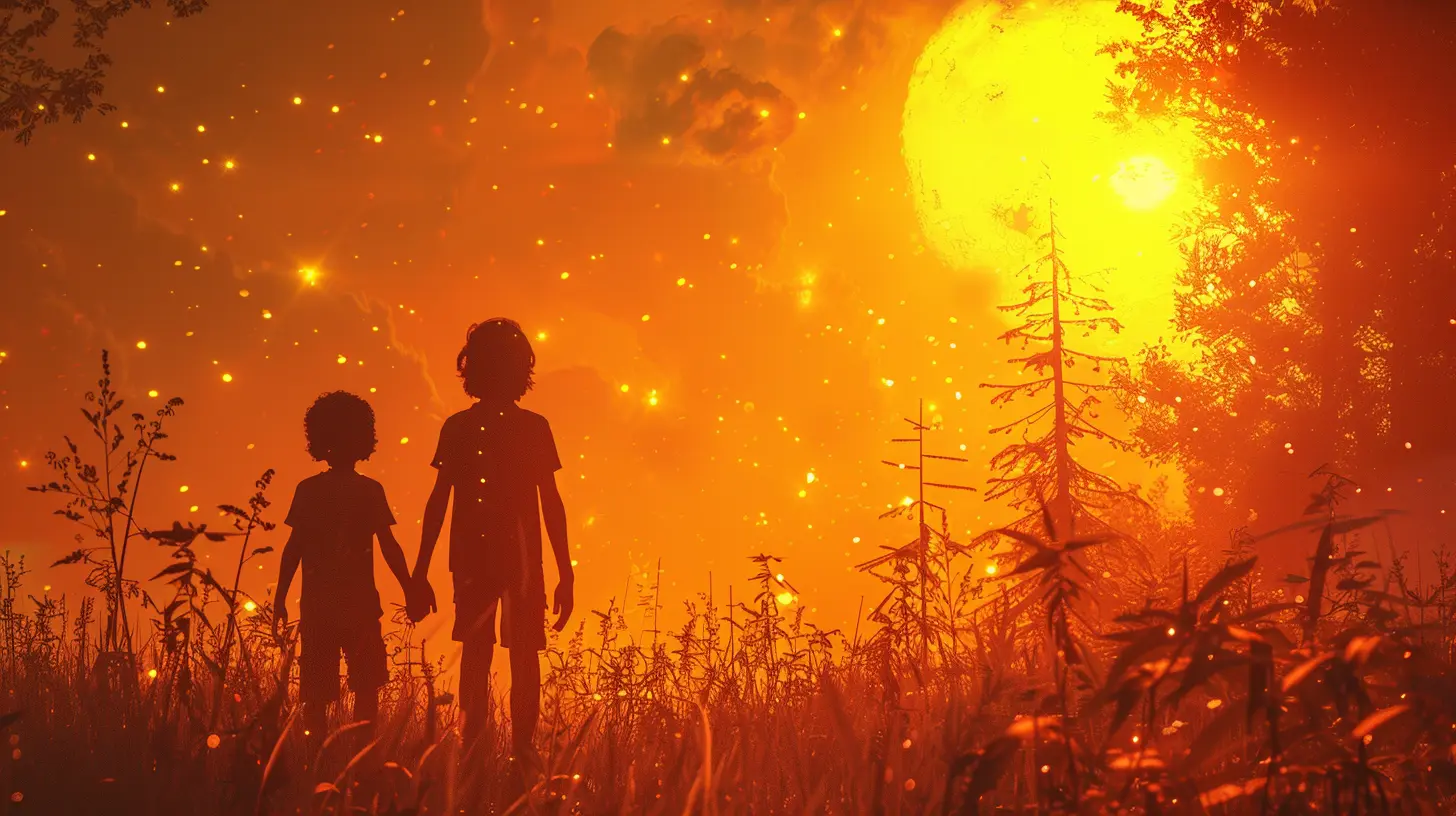
The Story in a Nutshell
Okay, quick refresher. In It Takes Two, players control Cody and May, a couple on the verge of divorce. When their daughter, Rose, unknowingly turns them into tiny clay dolls through a wish, the two are forced to work together to return to their real bodies. Pretty wild, right?But here's the twist: the game isn’t just about solving puzzles or beating bizarre bosses. It’s a metaphor-rich story about mending broken bonds and remembering why two people fell in love in the first place. Every challenge, every world, and every quirk in the game nudges them—and us—closer to that truth.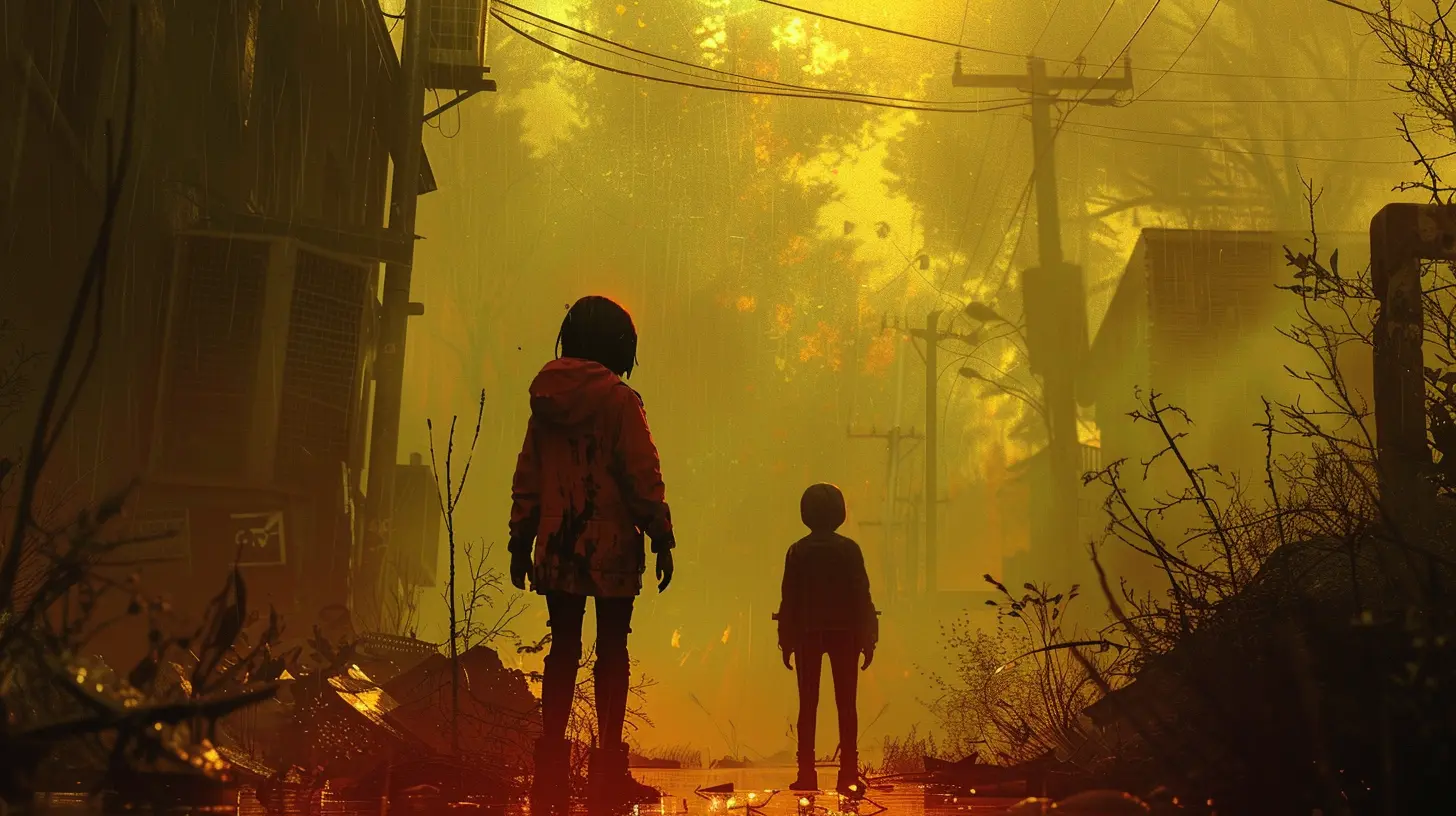
Why Reconnection is the Heart of Everything
At its core, It Takes Two is a love story gone sour... and then sweet again. It's about two people who’ve lost sight of what they once meant to each other. Sound familiar? It might. That’s what makes it so powerful—it feels human.The game cleverly uses gameplay mechanics and storytelling in tandem to reflect what rebuilding trust looks like. It’s messy, hard, sometimes frustrating—but when done with care, it's worth it.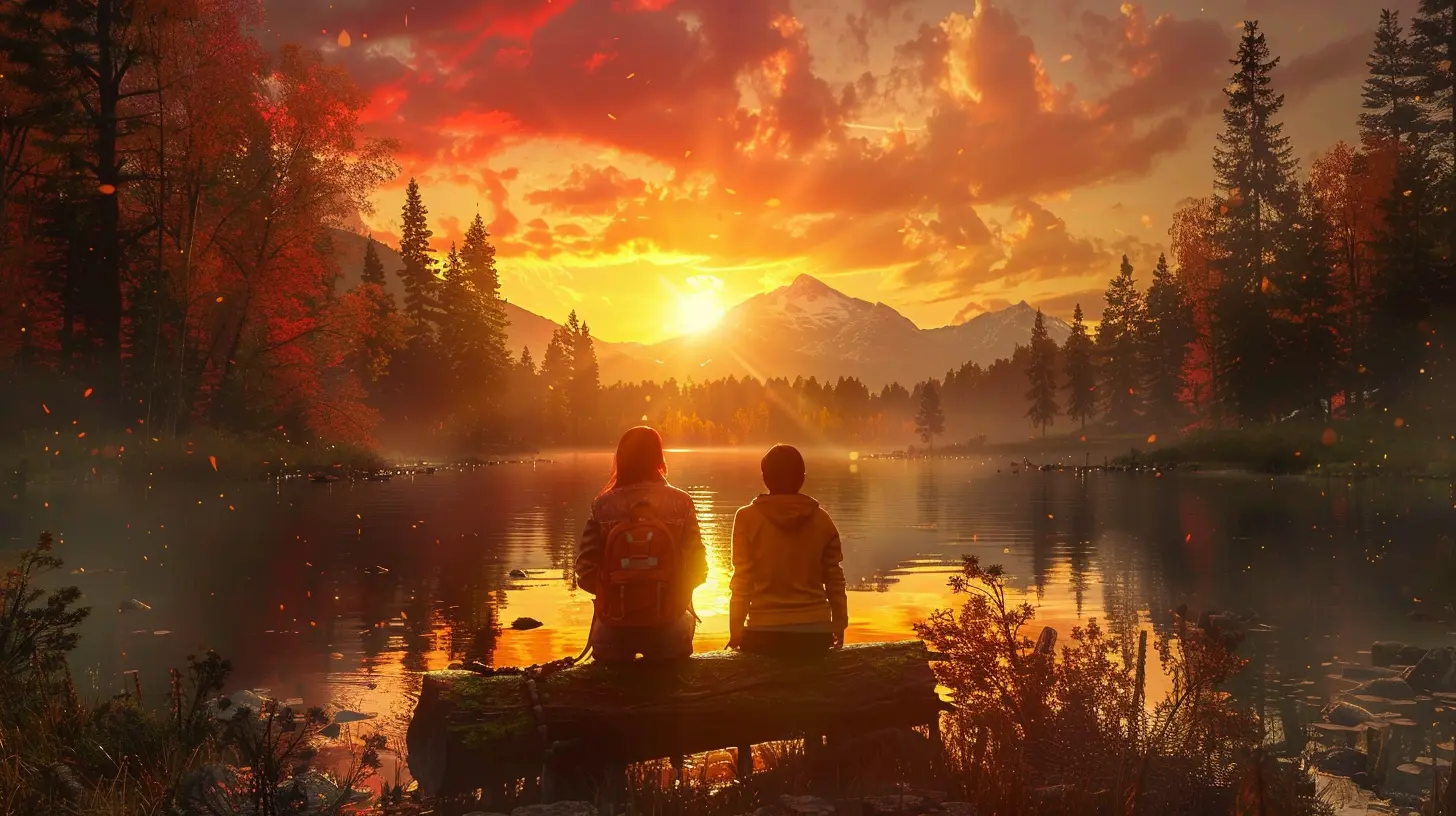
The Role of Gameplay in Echoing Reconnection
You’re probably thinking, “Yeah, yeah, we get it—it’s about fixing a relationship.” But here’s what’s genius: the gameplay isn’t just there for fun. It literally forces you to cooperate.You can’t go solo. If you try to brute-force your way through without your partner’s help, you’re not going anywhere. This mirrors real-life relationships, doesn’t it? No matter how independent you are, healing takes two people showing up, listening, and pulling in the same direction.
Every puzzle, platforming section, and boss fight is built around synergy. It’s not just “You do your half, I do mine.” Instead, you progress by learning each other’s strengths and syncing up—just like in a real relationship.
It's not subtle, but it is effective.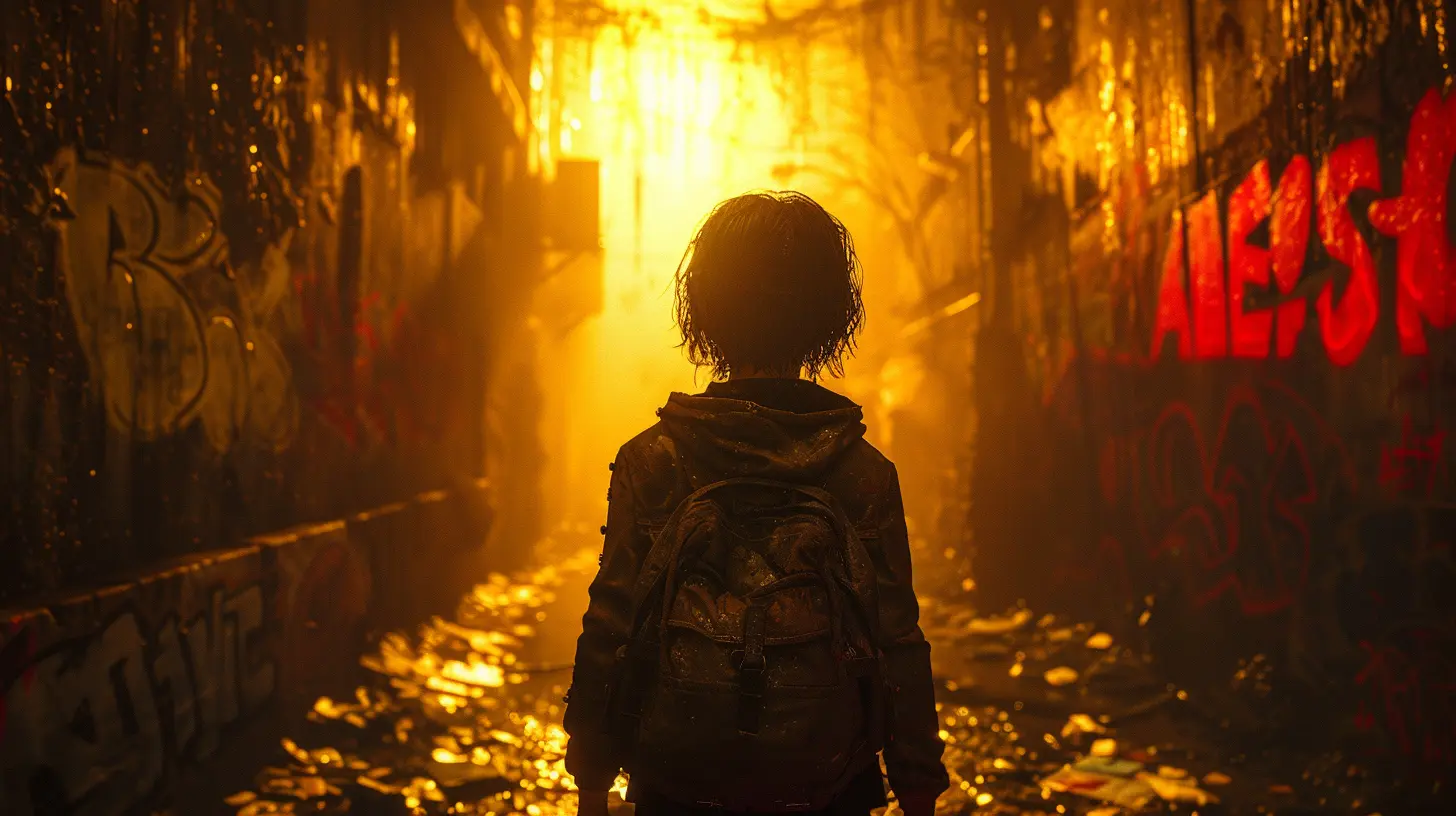
The Role of Dr. Hakim—the Wild Card with a Point
Let’s talk about the most flamboyant character in the game: Dr. Hakim, the anthropomorphic book of love. He’s annoying, loud, and full of questionable metaphors, but—surprise—he's also the truth speaker.Dr. Hakim exists to push Cody and May (and honestly, us too) out of their comfort zones. He reminds them that love is work. Not the kind of work you dread on Monday mornings, but the kind you put in because it’s worth it.
Even his over-the-top antics have a purpose: breaking down emotional walls. Every time he shows up, he's like that best friend who won't let you sulk in silence. You might roll your eyes, but deep down, you know he’s right.
The Ending: A Bittersweet Symphony of Realization
Now for the moment we’ve all been waiting for—the ending.After countless trials, wild adventures, and some truly emotional moments (don’t pretend you didn’t tear up during the elephant scene), Cody and May finally find their way back to their human bodies. But there's a catch: they're still the same people who were hurt, disconnected, and deeply flawed.
But they’re also changed.
The journey reminded them of what they liked in each other. Not just the big things like passion projects or hobbies, but the little things—like laughter, support, and presence. That’s what reconnection looks like. It’s not about erasing the past; it’s about choosing to move forward together despite it.
They see their daughter again. There’s no dramatic, fairy-tale declaration, no sweeping orchestral crescendo. Just understanding. A quiet, mutual “okay, let’s try again.” And isn’t that the most honest kind of love?
What Makes the Ending So Emotionally Impactful?
The ending works because it doesn’t promise perfection. It promises effort.Unlike many romance stories that wrap up with a magical “happily ever after,” this one says, “We’re still figuring it out, but we’re in it together.” That feels real. It’s raw, honest, and vulnerable. And boy, does that resonate.
Think about your own life. Relationships—romantic or otherwise—aren’t about never arguing or always agreeing. They’re about showing up, even when it’s tough. That’s the final message of It Takes Two: reconnection isn’t a destination. It’s a choice you keep making.
Why Players Felt Seen
Let’s be real. Games aren’t usually this emotionally intelligent. But It Takes Two broke that mold. Without being preachy or melodramatic, it told a story that felt deeply personal. Maybe because so many of us know what it’s like to drift apart. To look at someone you love and feel like you’re speaking different languages.The game said, “Hey, that’s normal. But if you want to fix it, you can.” And sometimes, that’s all we need—hope wrapped in a co-op puzzle-platformer package.
Symbolism in the Finale—More Than Just a Game Ending
The little details in the final scenes say so much. The quiet conversation in the car, the way they speak to Rose, their body language—it’s all so intentionally done.The symbolism here is clear. They’re no longer just co-parenting or avoiding conflict. They’re remembering to be present. They’re not trying to solve everything in one big dramatic moment, but they’re also not walking away.
And remember the book? Dr. Hakim doesn’t even need to be there in the end. Because they’ve internalized what he was trying to teach them all along.
The Real World Parallels
If you’ve played the game with a partner or close friend, chances are you’ve had a few “aha” moments of your own. Maybe you saw pieces of your own story in Cody and May’s. Maybe you thought about someone you’ve grown distant from.That’s the power of storytelling. When it’s done right, it doesn’t just entertain—it reflects our lives right back to us.
Final Thoughts: Love Is Messy, But Worth It
It Takes Two is a rare gem. Fun? Absolutely. Funny? Totally. But its best trick? Sneaking a deeply emotional, heartfelt journey into what looks like a goofy, animated romp.The ending isn't about fireworks or grand gestures. It's about two people choosing each other again—plain and simple. That’s what makes it so powerful. It's not just a conclusion to a game; it’s a lesson in empathy, patience, and hope.
So, if you haven’t played it yet—grab a partner (seriously, it's only co-op), sit down, and prepare for one heck of an emotional ride. And if you’ve already played it, maybe this is a gentle nudge to send a “thinking of you” text to someone you’ve lost touch with.
Because reconnection? It's always possible.
all images in this post were generated using AI tools
Category:
Game Endings ExplainedAuthor:

Pascal Jennings
Discussion
rate this article
1 comments
Chloe Barron
The ending of "It Takes Two" beautifully encapsulates the journey of reconnection, reminding us that love and collaboration can triumph over even the toughest obstacles. A must-play!
September 9, 2025 at 3:36 PM

Pascal Jennings
Thank you for your insightful comment! I completely agree—the ending truly highlights the power of love and teamwork in overcoming challenges.
